Habitat
Distribution:
Rosellas are native to eastern and southeastern Australia, including Tasmania. Some species also inhabit parts of New Guinea and the surrounding islands.
Environment:
They inhabit a range of environments including forests, woodlands, and open areas with scattered trees. In captivity, they need a spacious aviary or cage with plenty of room to fly and perch.
Diet
Primary Food:
In the wild, Rosellas feed on seeds, fruits, nuts, and berries. They also consume flowers and insects.
Captivity Diet:
In captivity, they should be provided with a varied diet including high-quality pellets, seeds, fresh fruits, and vegetables. They also benefit from occasional protein sources like boiled eggs.
Feeding Behavior:
Rosellas are active foragers. They use their strong beaks to crack seeds and enjoy exploring their environment for food.
Breeding
Breeding Season:
In the wild, breeding season typically occurs from September to January.
Nest Location:
They nest in tree hollows or occasionally in large, well-constructed nest boxes in captivity.
Egg Quantity:
A typical clutch consists of 4 to 6 eggs.
Incubation Period:
The incubation period lasts about 18 to 21 days.
Fledging:
Chicks fledge around 6 to 8 weeks after hatching.
Lifespan
In the Wild:
Rosellas can live around 10 to 15 years.
In Captivity:
With proper care, they can live up to 15 to 20 years.
Behavior
Temperament:
Rosellas are known for their lively and active nature. They are social birds that enjoy interacting with other birds and their human caregivers.
Social Interaction:
They thrive on interaction and can be very affectionate with their caregivers. They enjoy being handled and playing with toys.
Vocalization:
Rosellas have a range of vocalizations including chirps, whistles, and squawks. They are not as loud as some other parrots but are still quite vocal.
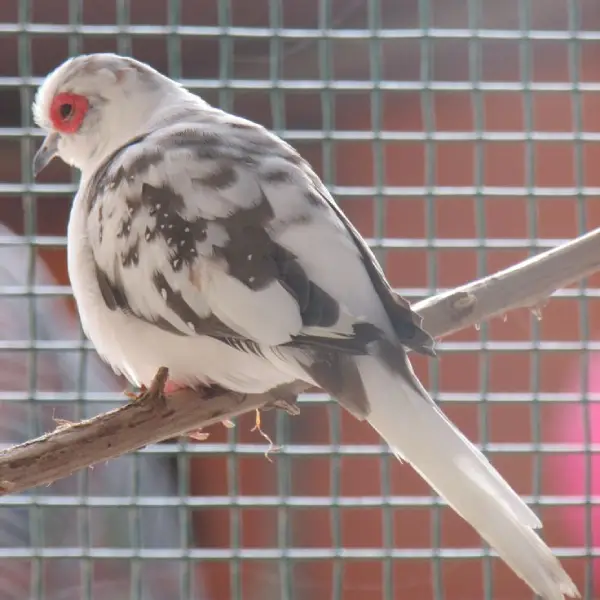 Diamond Pied Dove
1 × ₨ 5,000
Diamond Pied Dove
1 × ₨ 5,000 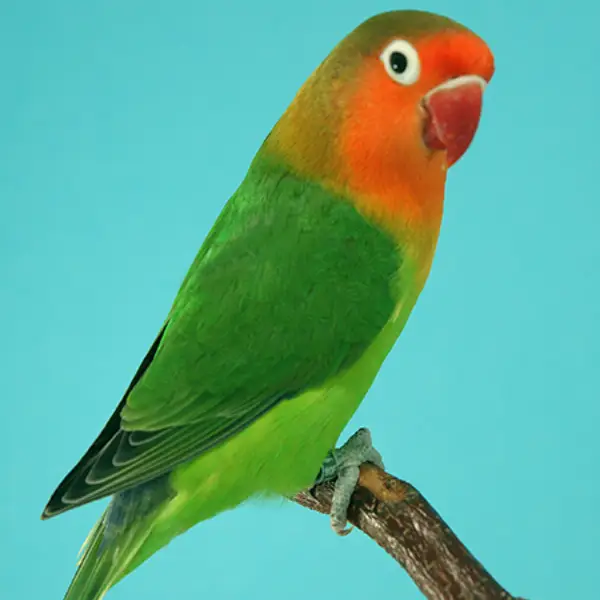 Green Fisher’s
1 × ₨ 3,800
Green Fisher’s
1 × ₨ 3,800 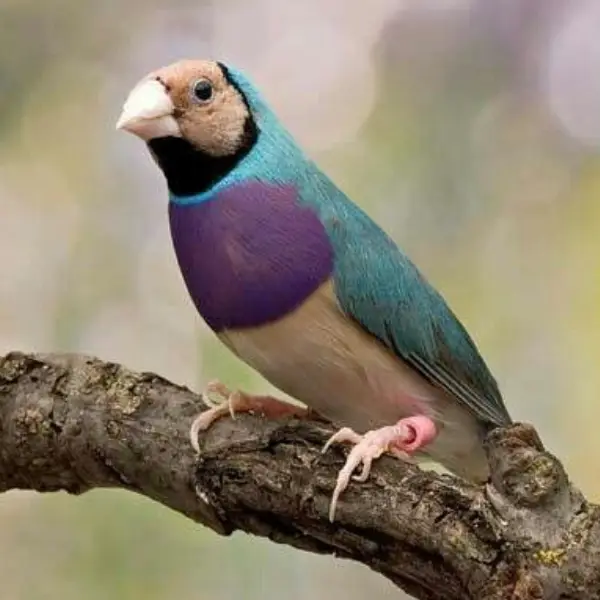 Blue Gouldian Finch
1 × ₨ 20,000
Blue Gouldian Finch
1 × ₨ 20,000 
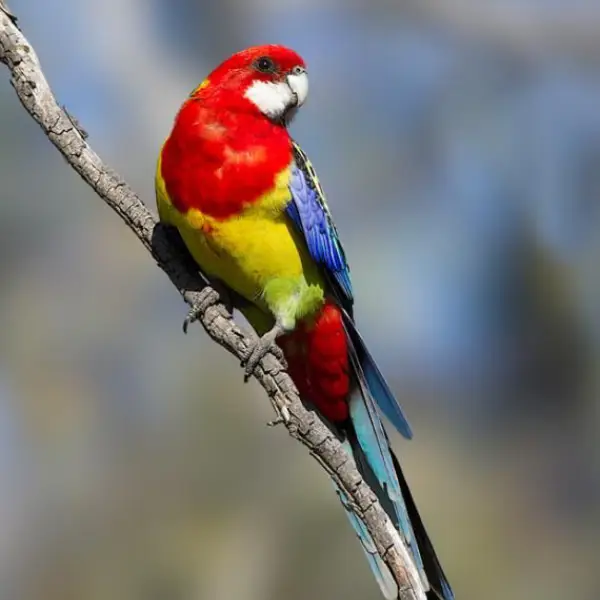
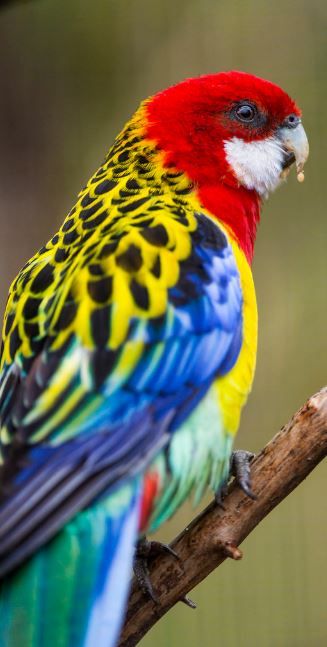
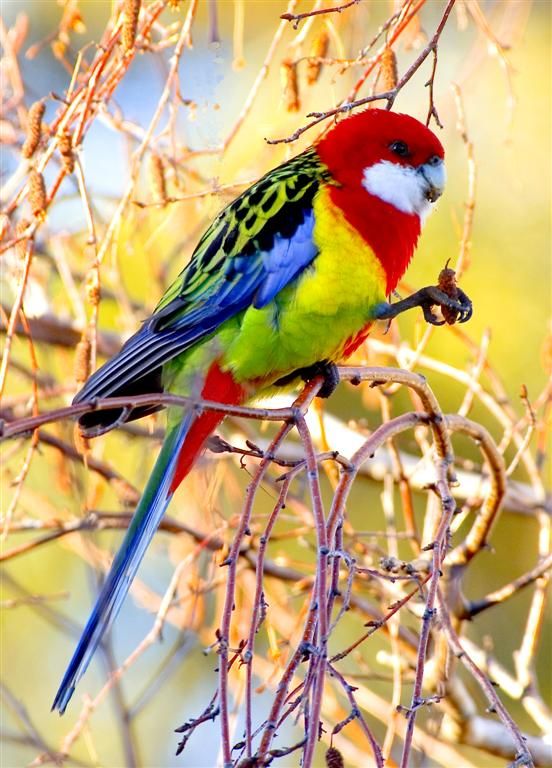

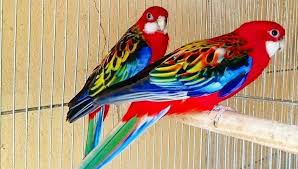
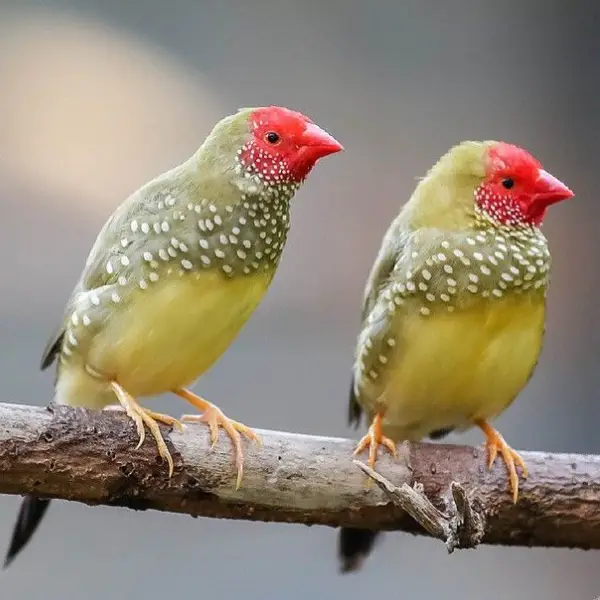
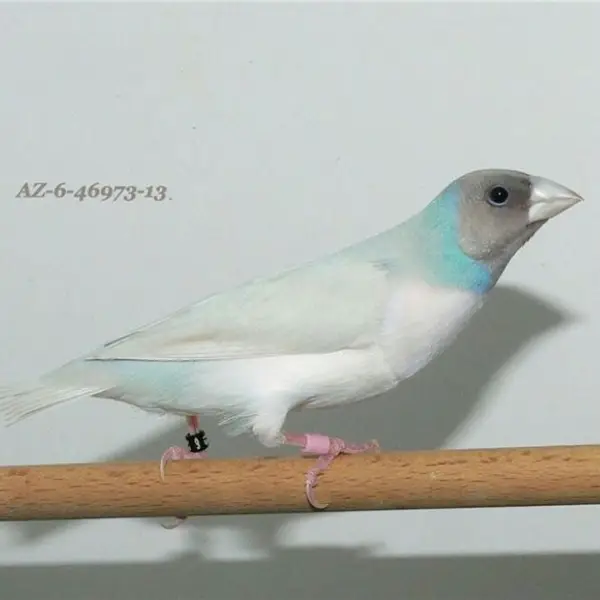
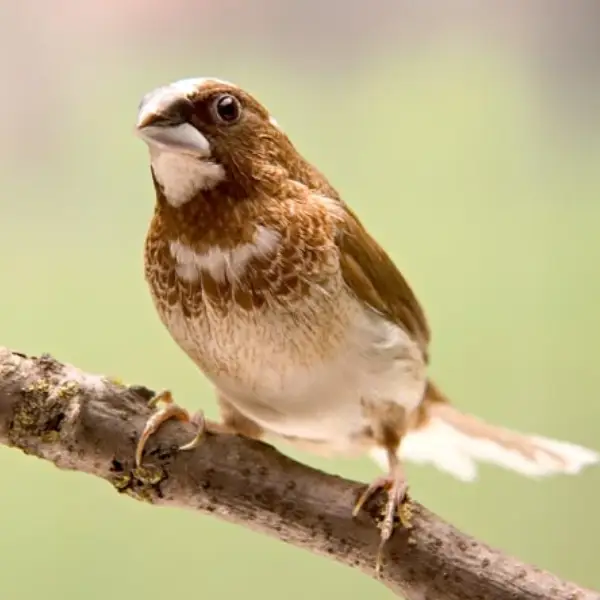


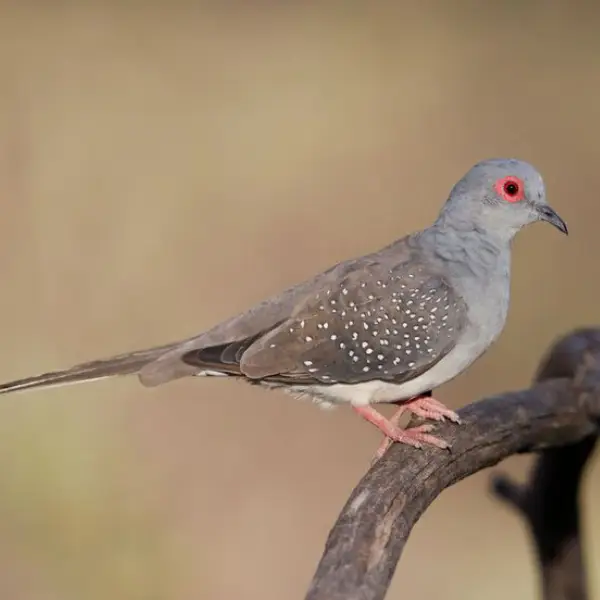
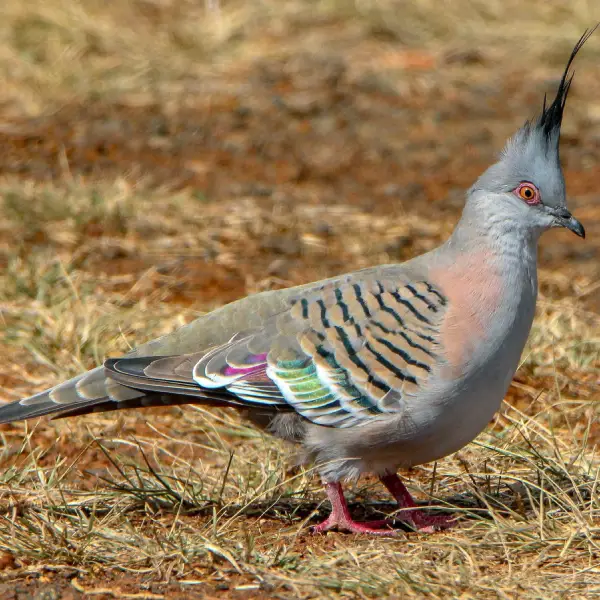
Reviews
There are no reviews yet.